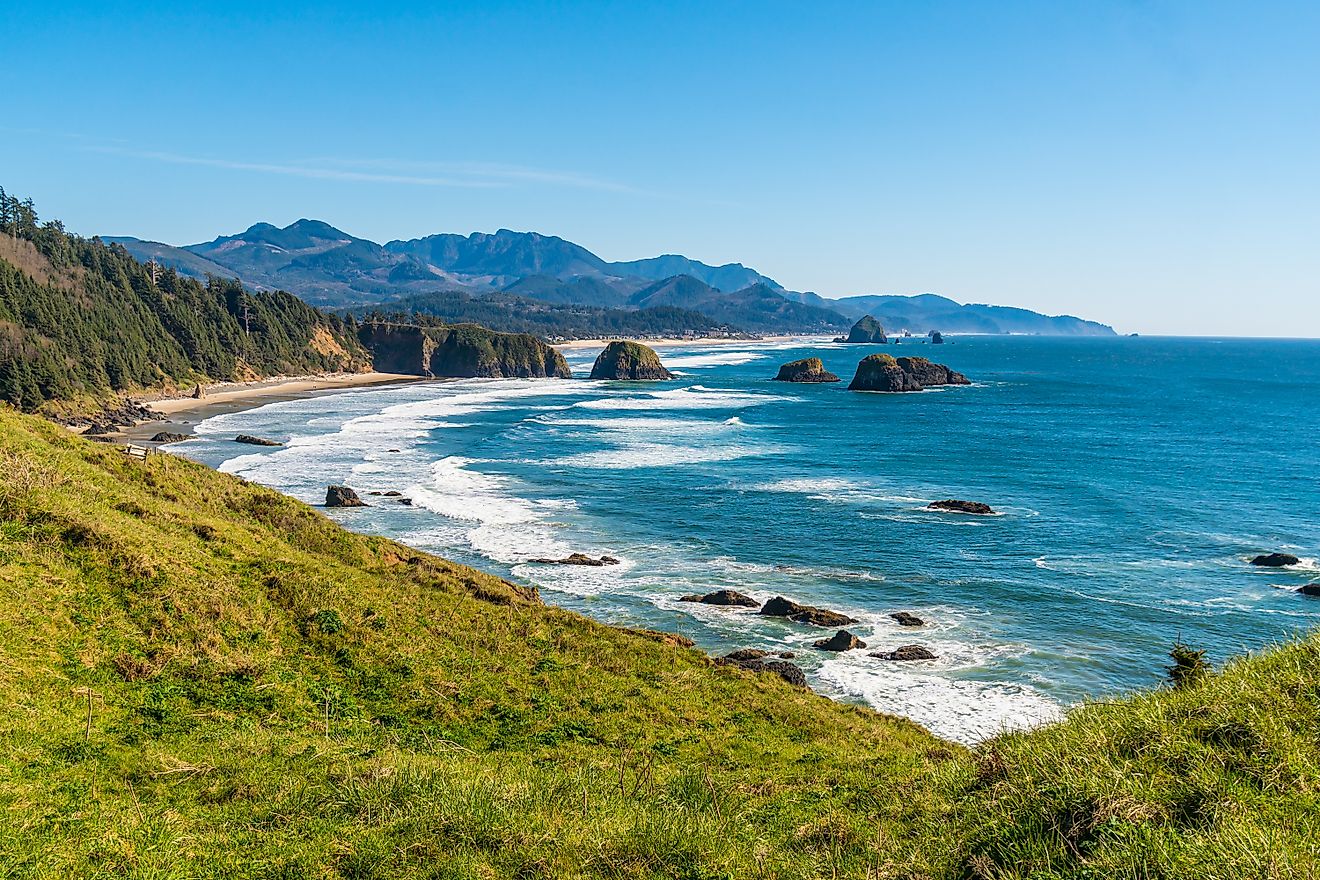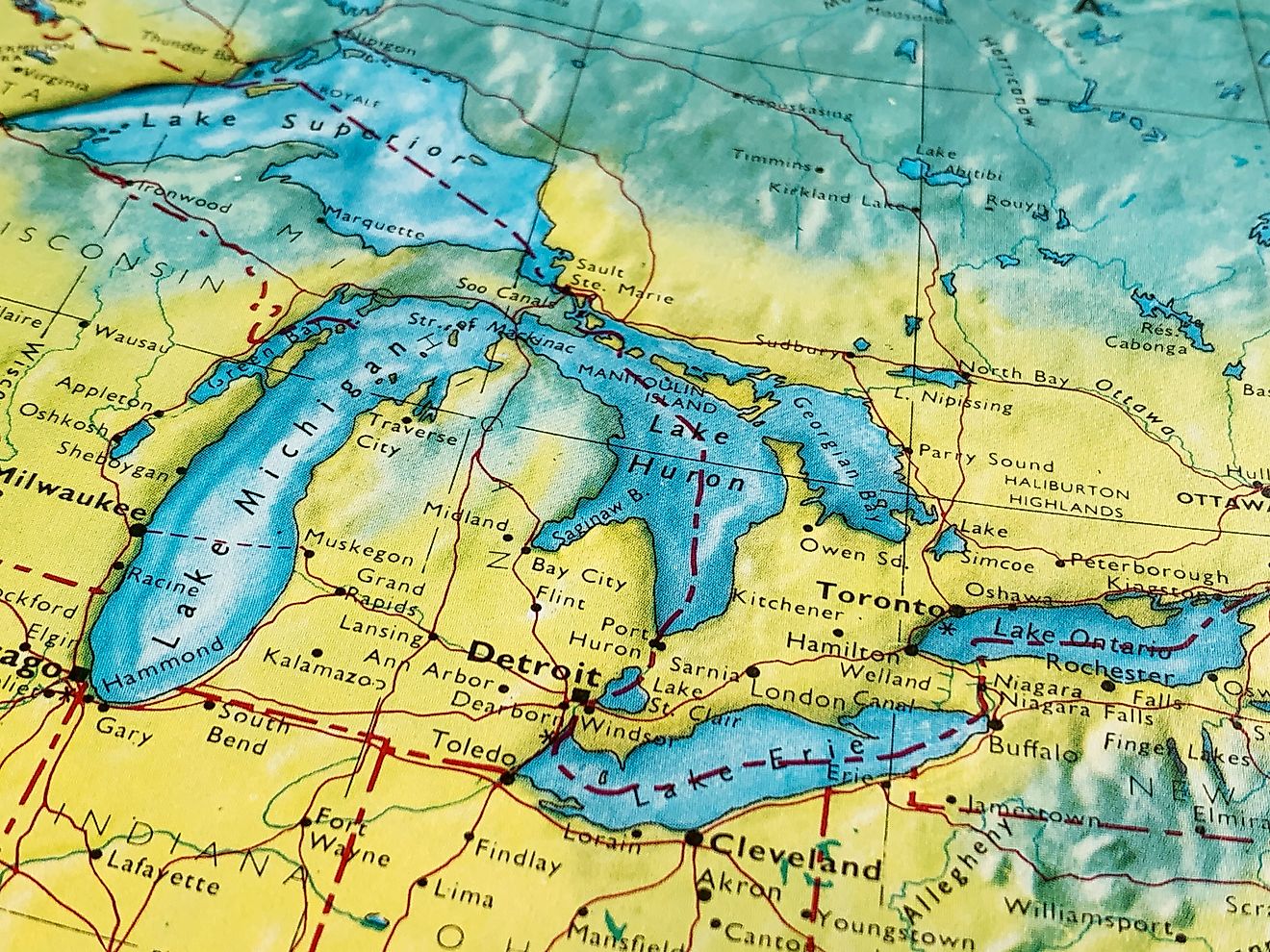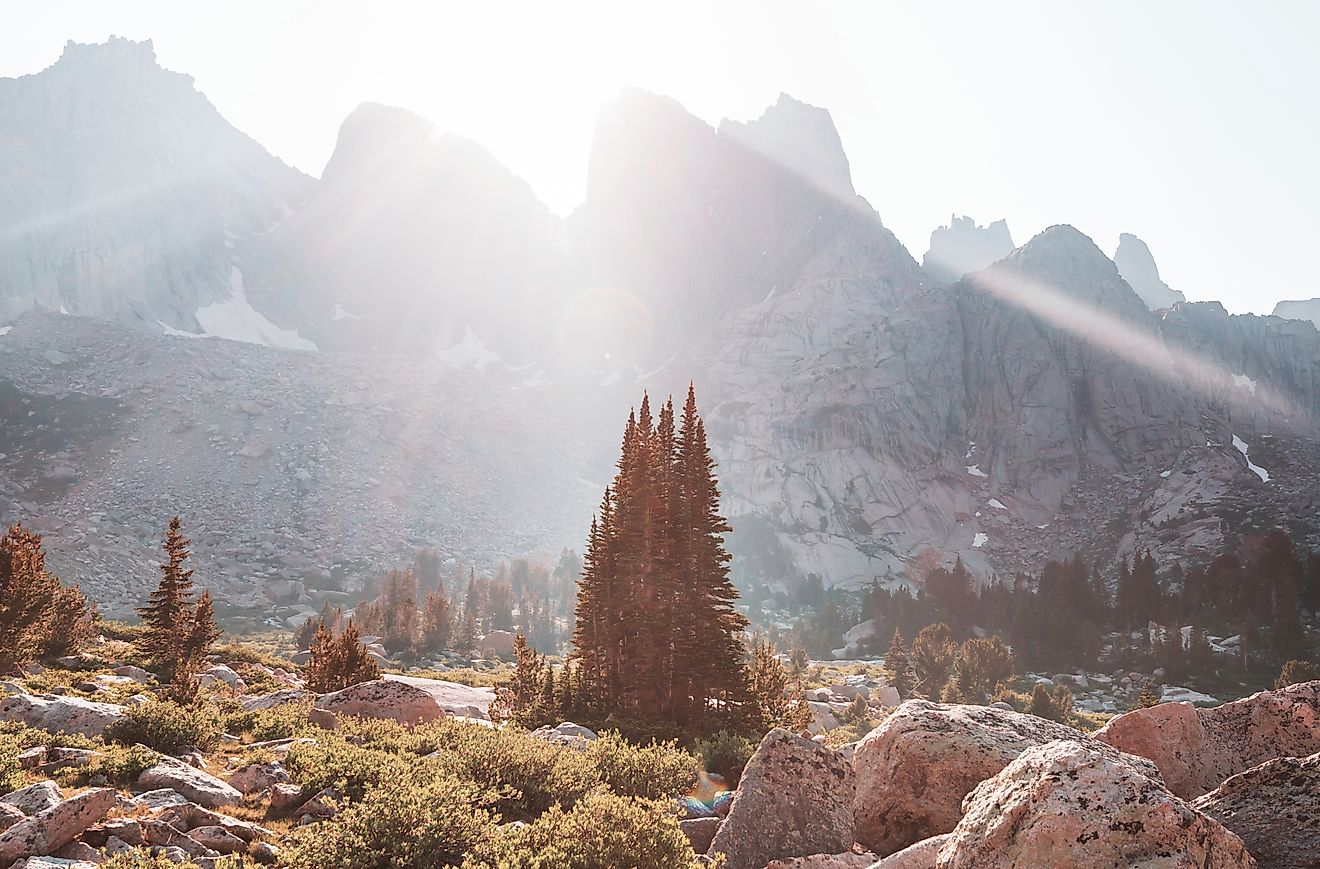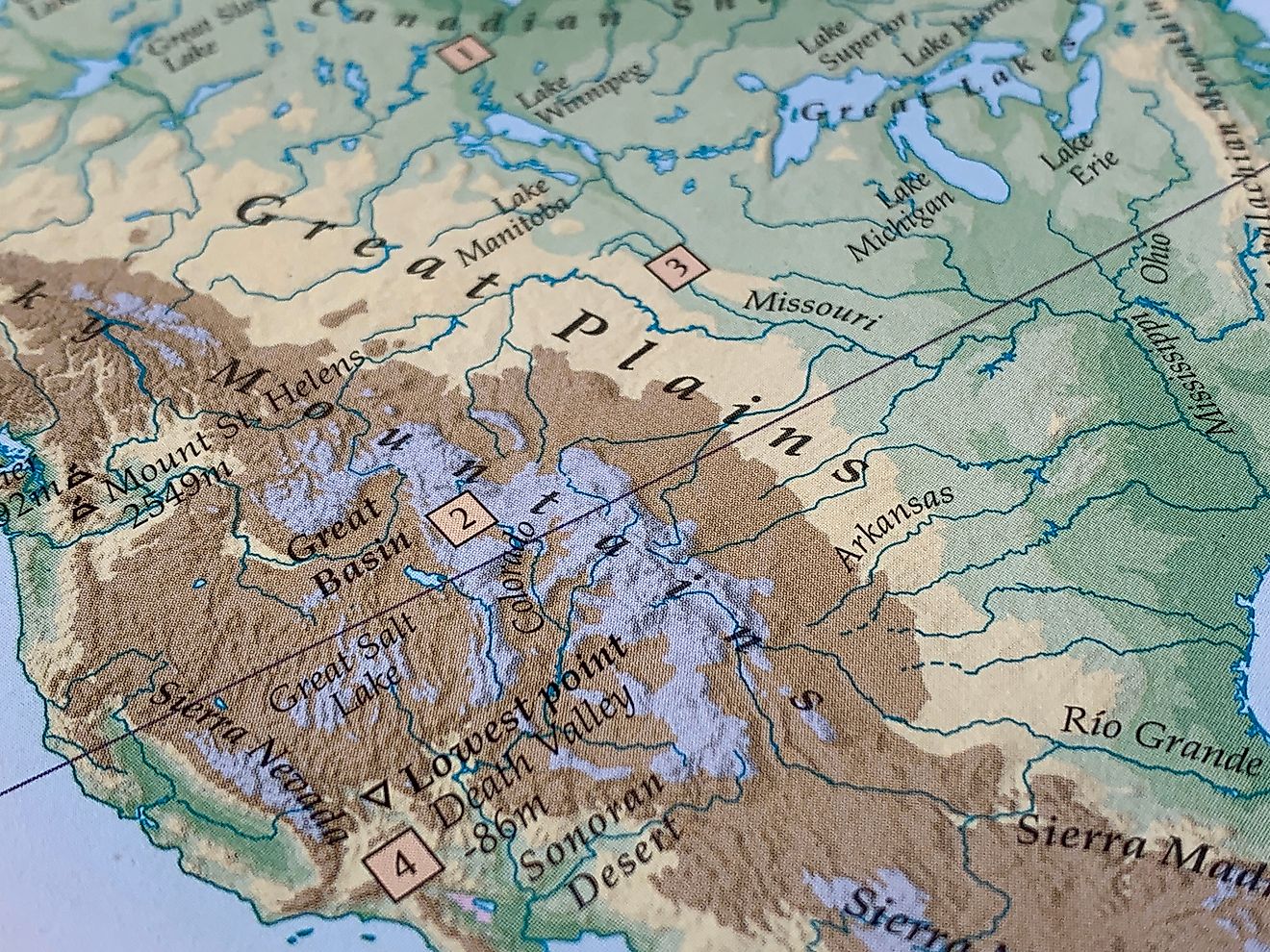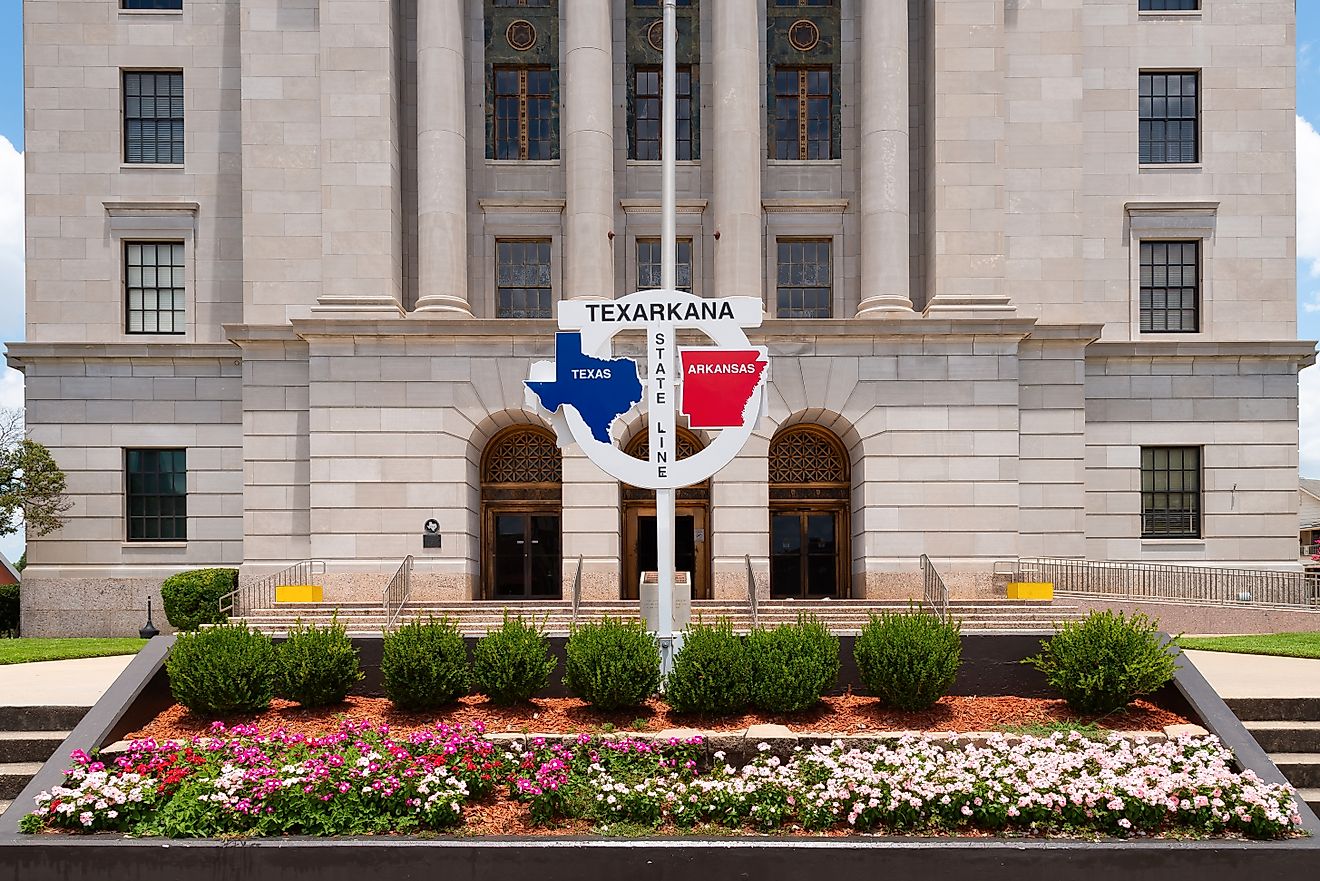
The Largest City Parks in the United States
The United States boasts an impressive array of urban parks, with approximately one hundred spanning vast expanses exceeding 1,000 acres. At the forefront of this natural grandeur are iconic destinations like Chugach State Park in Anchorage, Alaska, and Franklin Mountains State Park in El Paso, Texas, which stand as the largest city parks in the nation.
While many of these parks were established to safeguard local landscapes, others serve as havens for recreational pursuits, offering unparalleled opportunities for hiking, picnicking, fishing, and even hunting. These sprawling green spaces not only preserve the geographical heritage of their respective regions but also provide unparalleled outdoor experiences for visitors.
Chugach State Park, Alaska
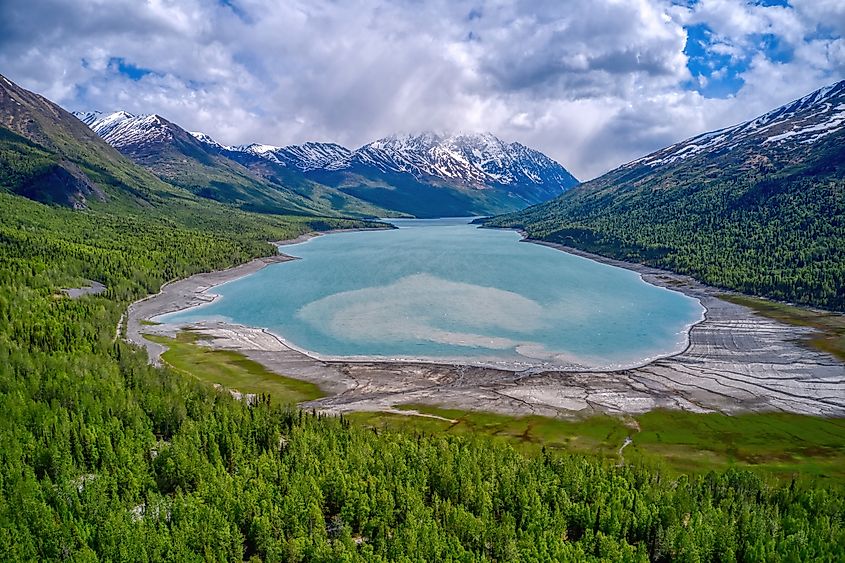
Located on the eastern fringe of the Anchorage Bowl in Alaska, Chugach State Park sprawls across approximately 495,204 acres of pristine wilderness. While primarily situated within the municipality of Anchorage, a portion of its northern expanse, including segments of Lake Eklutna, extends beyond the city limits. Established with the dual purpose of safeguarding the Chugach Mountains and preserving the diverse range of geographical features that adorn its surroundings, the park plays a crucial role in maintaining the ecological balance of the region while also ensuring the integrity of the municipality's water supply.
As a haven for outdoor enthusiasts, Chugach State Park offers a wealth of recreational opportunities, including fishing and hunting, under the stewardship of the Fishing and Gaming Department. However, visitors are reminded to adhere strictly to the regulations outlined by these governing bodies. Notably, the state prohibits any form of target practice within the park, emphasizing the commitment to maintaining a safe and harmonious environment for all who venture into its expanses.
Great Dismal Swamp National Wildlife Refuge, Virginia

The Great Dismal Swamp National Wildlife Refuge (NWR), situated in Chesapeake Virginia, stands as a captivating testament to the intrinsic beauty and ecological significance of wetland habitats. Encompassing a vast expanse of approximately 112,000 acres, this refuge serves as a critical sanctuary for a diverse array of plant and animal species, while also offering a wealth of recreational and educational opportunities for visitors.
Stretching across the border between Virginia and North Carolina, the Great Dismal Swamp NWR boasts a rich tapestry of ecosystems, including wetlands, forests, waterways, and marshes. These diverse habitats provide vital breeding, nesting, and feeding grounds for a myriad of migratory birds, waterfowl, and other wildlife species, making the refuge a haven for birdwatchers, photographers, and nature enthusiasts. Beyond its ecological significance, the Great Dismal Swamp NWR holds a storied history dating back centuries, shaped by the interplay of human endeavors and natural forces.
Historically, the swamp served as a refuge for fugitive slaves seeking freedom, earning it a place of reverence in the annals of American history. Today, remnants of this rich heritage can be explored through interpretive trails, historic sites, and educational programs that offer insights into the swamp's cultural legacy. For outdoor enthusiasts, the NWR offers a plethora of recreational activities such as hiking trails, birdwatching, and wildlife observation. Additionally, you can navigate the waterways by kayak or canoe, immersing yourself in the serenity of the swamp's tranquil waters.
Through its conservation efforts, educational programs, and recreational offerings, the Great Dismal Swamp NWR continues to inspire awe and appreciation for the wonders of wetland ecosystems. As a beacon of biodiversity and natural beauty, this remarkable refuge serves as a living testament to the enduring importance of preserving our natural heritage for future generations to cherish and enjoy.
McDowell Sonoran Preserve, Arizona

Nestled within the rugged splendor of the Sonoran Desert, the McDowell Sonoran Preserve stands as a testament to the enduring beauty and ecological richness of Arizona's desert landscapes. Spanning a vast expanse of approximately 30,500 acres, this expansive preserve offers a pristine sanctuary for native flora and fauna, while also providing a wealth of recreational opportunities for outdoor enthusiasts and nature lovers alike.
Located in the picturesque surroundings of Scottsdale, Arizona, the McDowell Sonoran Preserve boasts a diverse array of desert habitats, including towering saguaro cacti, ancient granite rock formations, and lush desert washes. These unique ecosystems support a remarkable diversity of plant and animal species, many of which are specially adapted to thrive in the harsh desert environment.
Another defining feature of the McDowell Sonoran Preserve is its extensive network of trails, which wind through the rugged terrain and offer opportunities for hiking, mountain biking, and horseback riding. Whether traversing the scenic mountains, exploring hidden desert canyons, or marveling at panoramic vistas of the surrounding Sonoran Desert, visitors are treated to a myriad of captivating experiences that showcase the preserve's natural beauty and diversity.
In addition to its recreational offerings, the McDowell Sonoran Preserve serves as an important center for environmental education and conservation. Through interpretive signage, guided nature walks, and educational programs, visitors can learn about the unique ecology of the Sonoran Desert and the efforts underway to protect and preserve this fragile ecosystem.
Franklin Mountains State Park, Texas
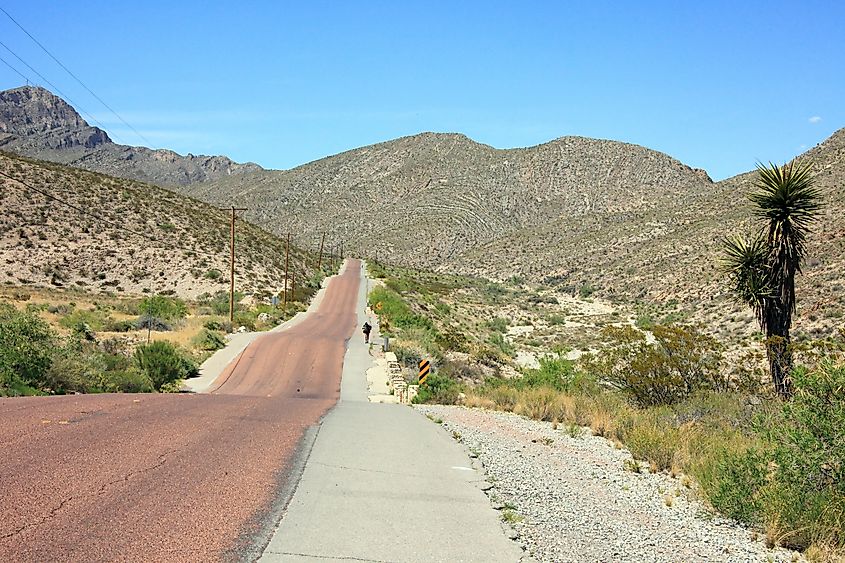
Franklin Mountains State Park, nestled within the vibrant cityscape of El Paso, Texas, stands as the largest urban park in the United States, boasting an expansive territory spanning approximately 24,247.56 acres. This natural gem beckons visitors year-round with its diverse array of recreational opportunities and breathtaking scenery.
Originally known as Coon's Ranch, the park derives its name from Benjamin Coons Franklin, who acquired the land in present-day El Paso in 1849. The moniker transitioned to Franklin in 1851, honoring the ranch's founder. The vision for a designated park area took shape in 1985, culminating in the park's official opening to the public in 1987.
Franklin Mountains State Park offers a plethora of outdoor activities suitable for all ages and interests. From leisurely scenic drives to idyllic picnicking spots, from exhilarating mountain biking trails to invigorating hikes along rugged terrain, there's no shortage of adventures to embark upon within its sprawling confines.
Spanning a width of 3 miles and stretching an impressive 23 miles from New Mexico to El Paso, the majestic Franklin Mountains serve as a breathtaking backdrop to the park's myriad offerings, inviting exploration and discovery amidst their rugged beauty.
Bayou Sauvage National Wildlife Refuge, Louisiana
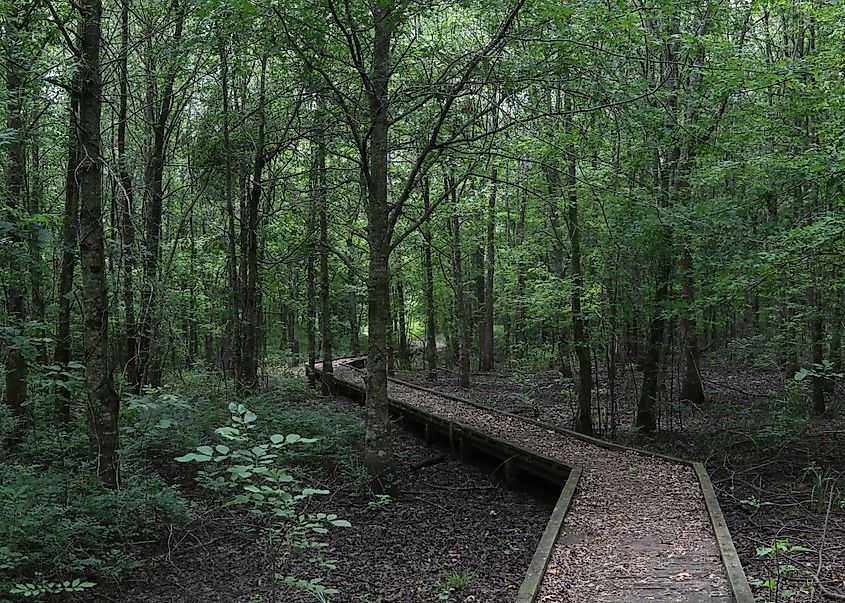
Nestled along the shores of Lake Pontchartrain, Bayou Sauvage National Wildlife Refuge in Louisiana is a sprawling sanctuary that epitomizes the vibrant biodiversity and ecological richness of the Gulf Coast region. Encompassing over 23,000 acres of pristine wetlands, marshes, and freshwater ponds, this expansive refuge provides a vital haven for a myriad of native flora and fauna. From majestic bald eagles soaring overhead to elusive alligators basking in the sun-dappled waters, the refuge is teeming with life, offering visitors a rare glimpse into the natural wonders of Louisiana's coastal wetlands.
Beyond its ecological significance, Bayou Sauvage NWR holds a profound cultural heritage deeply rooted in the traditions and history of the region's diverse communities. For centuries, these wetlands and waterways have sustained indigenous peoples, Cajun settlers, and African American communities, serving as a vital source of sustenance, transportation, and recreation. Today, the refuge stands as a living testament to the resilience and ingenuity of Louisiana's coastal residents, preserving their rich cultural legacy for future generations to cherish and explore.
As one of the largest urban wildlife refuges in the United States, Bayou Sauvage NWR also serves as a cherished recreational and educational resource for residents and visitors alike. Whether exploring its network of trails and boardwalks, participating in guided nature tours, or attending educational programs and events, visitors are invited to immerse themselves in the beauty and wonder of the Gulf Coast's unique ecosystems. Through its commitment to conservation, education, and cultural preservation, Bayou Sauvage NWR continues to inspire awe and appreciation for the natural and cultural heritage of Louisiana's coastal wetlands.
The Benefits of City Parks

City parks serve as vital sanctuaries that not only enhance the quality of urban life but also play a crucial role in conserving and safeguarding natural ecosystems. Many of these parks were meticulously planned and established with the primary objective of preserving the surrounding natural features, ranging from pristine lakes and verdant forests to majestic mountain ranges.
Moreover, city parks like Chugach State Park serve as crucial guardians of vital natural resources, such as water reservoirs, whose preservation is paramount for the sustenance of local communities. By maintaining the health and integrity of these water sources, parks contribute to the overall well-being and resilience of urban ecosystems, ensuring a sustainable supply of clean water for both human consumption and ecological balance. In addition to their role as protectors of natural beauty and resources, city parks offer a myriad of benefits to residents and visitors. They provide much-needed green spaces within densely populated urban areas, offering opportunities for recreation, relaxation, and physical activity. Whether it's picnicking with family and friends, embarking on nature walks, or enjoying recreational sports, city parks foster a sense of connection with the outdoors and promote active, healthy lifestyles.
Furthermore, these green oases serve as important cultural and community hubs, hosting a diverse array of events, festivals, and gatherings that bring people together. By providing these spaces, city parks play a vital role in nurturing vibrant, inclusive communities where people from all walks of life can come together to celebrate, connect, and forge lasting memories.
The Largest City Parks in the United States
| Rank | Park | Location | Size (Acres) |
|---|---|---|---|
| 1 | Chugach State Park | Anchorage, Alaska | 464,318 |
| 2 | Great Dismal Swamp NWR | Chesapeake, Virginia | 113,000 |
| 3 | McDowell Sonoran Preserve | Scottsdale, Arizona | 30,500 |
| 4 | Franklin Mountains State Park | El Paso, Texas | 29,547 |
| 5 | Bayou Sauvage NWR | New Orleans, Louisiana | 25,339 |
| 6 | South Mountian Park and Preserve | Phoenix, Arizona | 16,094 |
| 7 | Government Canyon State Natural Area | San Antonio, Texas | 12,360 |
| 8 | Topanga State Park | Los Angeles, Caliornia | 11,501 |
| 9 | Cullen Park | Houston, Texas | 10,488 |
| 10 | Honolulu Watershed Forest Reserve | Honolulu, Hawaii | 9,951 |
| 11 | Ohlone Wilderness Regional Preserve | Oakland, California | 9,736 |
| 12 | Back Bay National Wildlife Refuge | Virginia Beach, Virginia | 9,194 |
| 13 | Cary State Forest | Jacksonville, Florida | 8,322 |
| 14 | Mission Trails Regional Park | San Diego, California | 7,300 |
| 15 | Jefferson Memorial Forest | Louisville, Kentucky | 6,800 |
